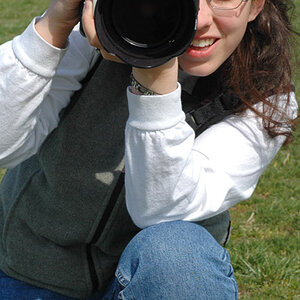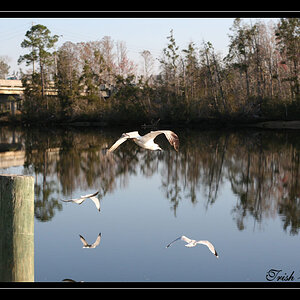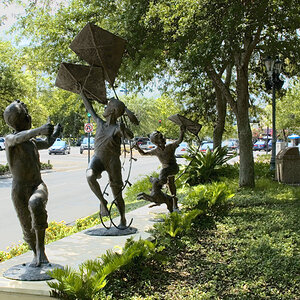washington
TPF Noob!
- Joined
- Oct 3, 2011
- Messages
- 11
- Reaction score
- 0
- Location
- Connecticut
- Can others edit my Photos
- Photos OK to edit
Hey everyone,
I own a Canon T2i, and came to sense that I need to get a speed light. I plan on spending no more than $600 for one. Ive seen the Canon 580ex II, and I think signs are pointing that way. Any other options should I look into?
Also should i get accessories to go with it .. such as a transmitter, or a sync cord? Im afraid to buy something cheap, knowing I will have to upgrade sometime down the road.
Any advice is great!
-Thanks
I own a Canon T2i, and came to sense that I need to get a speed light. I plan on spending no more than $600 for one. Ive seen the Canon 580ex II, and I think signs are pointing that way. Any other options should I look into?
Also should i get accessories to go with it .. such as a transmitter, or a sync cord? Im afraid to buy something cheap, knowing I will have to upgrade sometime down the road.
Any advice is great!
-Thanks


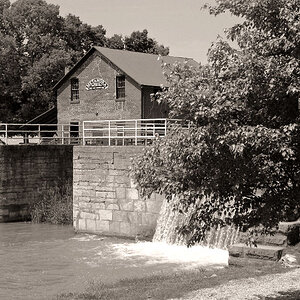

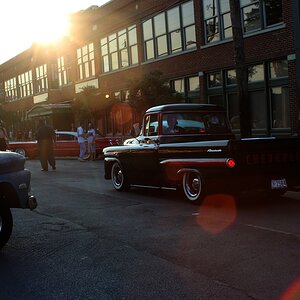
![[No title]](/data/xfmg/thumbnail/35/35868-15d995e4052bf05e2038e8b2a545a08f.jpg?1619737195)
![[No title]](/data/xfmg/thumbnail/35/35866-da1619f1c62d0897e43c22a31ae36ad2.jpg?1619737193)
